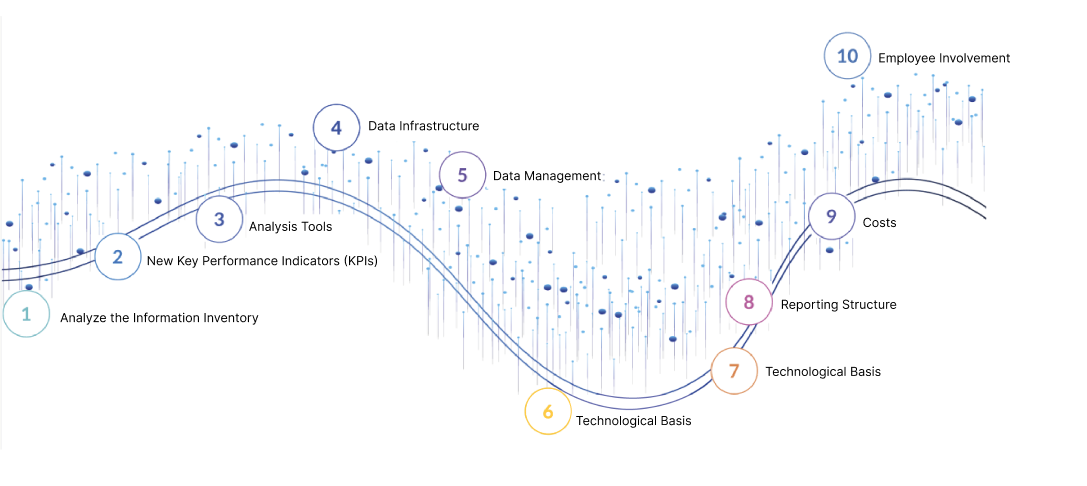What is the new Corporate Sustainability Reporting Directive (CSRD)?
With the introduction of the new European sustainability reporting directive, most companies are now required to contribute to a more sustainable economy and society. Going forward, businesses will be mandated to disclose information about their social and environmental footprint.
Replacing the previous Non-Financial Reporting Directive (NFRD), this new directive is set to be phased in from 2025 to 2028. It applies to both public and private entities, and the previously applicable threshold of over 500 employees no longer holds. Sustainability reporting is now elevated to equal standing with financial reporting, emphasizing its increased importance.

